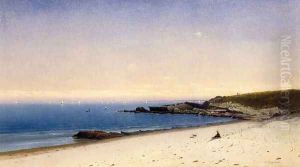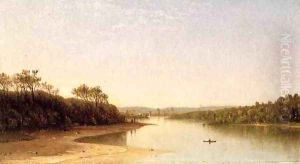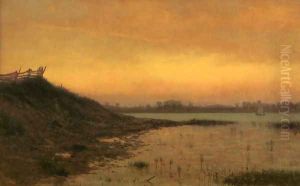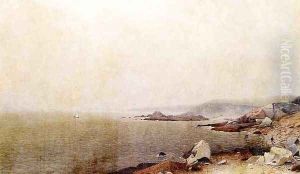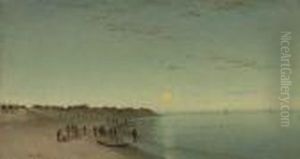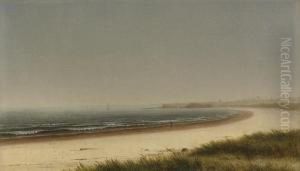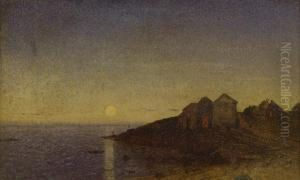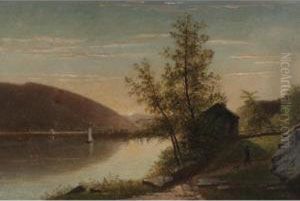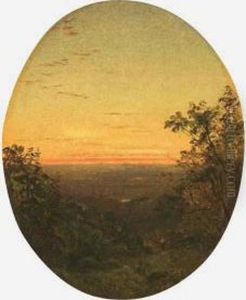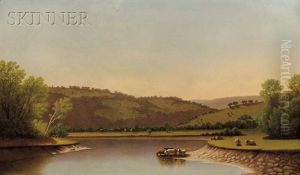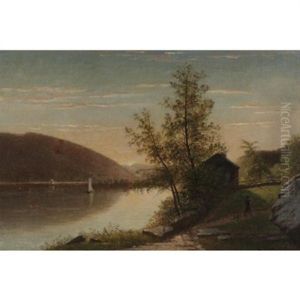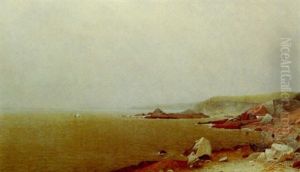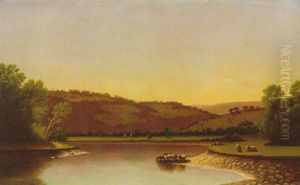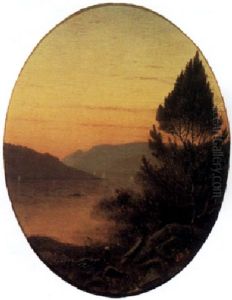James Augustus Suydam Paintings
James Augustus Suydam was a notable American landscape painter and a member of the second generation of the Hudson River School. Born on July 30, 1819, in New York City, Suydam hailed from a wealthy merchant family. His early life afforded him the luxury of travel and education that would later influence his artistic career. Despite his interest in art, Suydam initially pursued a career in law to satisfy family expectations. However, his passion for painting could not be suppressed for long, and by the mid-1840s, he began to shift his focus towards his true calling.
Suydam did not embark on his artistic career until his thirties. He studied under the tutelage of various artists including John F. Kensett, a key figure in the Hudson River School. Suydam's work was heavily influenced by the Hudson River School's emphasis on depicting the natural beauty of the American landscape. He often focused on serene, pastoral scenes that captured the tranquil and untouched aspects of the countryside. His works are characterized by their detailed, almost photographic quality, and the use of light to create mood and atmosphere.
In 1858, Suydam was elected into the National Academy of Design as an Associate member, and he became a full Academician in 1861. His acceptance into this prestigious institution marked the recognition of his talent and contribution to American art. Suydam's work was well-received during his lifetime, and he enjoyed the patronage of wealthy art collectors.
Tragically, James Augustus Suydam's career was cut short by his premature death. He passed away on September 15, 1865, in Labrador, Canada, while on a sketching expedition. His death was a loss to the American art community, which had seen in him a gifted artist who captured the essence of America's natural landscapes. Today, Suydam's paintings are considered important works within the canon of the Hudson River School, and they continue to be studied and appreciated for their contribution to American art history.
